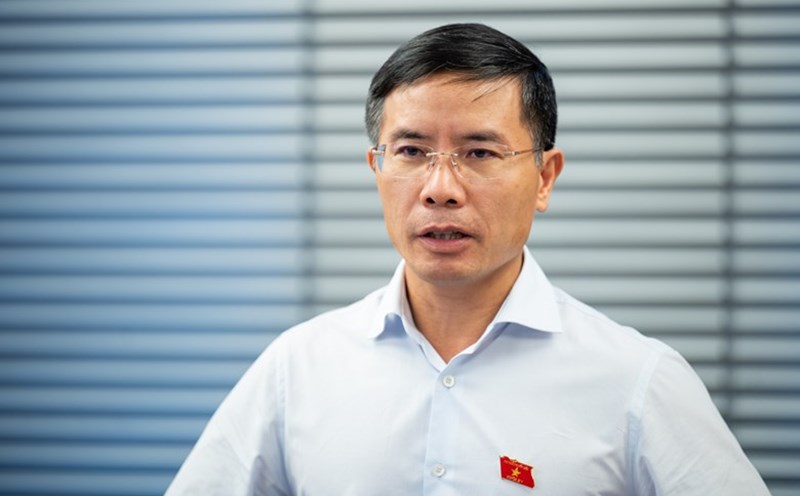Growth of renewable energy
China leads the world in the number of rooftop solar panels. In 2021, 54.9 GW of solar power capacity was produced, half of which came from rooftop batteries. In addition, in the past year alone, China has put into operation more offshore wind turbines than any other country has been building in the past 5 years.
In 2021, China increased its renewable energy production to a record level - Sputnik reported. Solar power generation capacity increased by 14% over the same period last year, accounting for more than 1/3 of the total energy capacity increase in 2021.
In addition, 47.6 GW of wind power has been installed. The increase is smaller than in 2020, when 71.7 GW of wind turbines were built. However, 19.9GW belongs to newly installed offshore or offshore wind turbines. That's more than any other country in the last five years. Therefore, the newly operated solar and wind power capacity reached 102.5 GW last year, equivalent to about 58% of China's total power generation capacity increase in 2021.
The total installed capacity of alternative energy in China - from solar and wind - accounts for about 18% of the country's total energy.
China has set a target of reaching its highest level of CO2 emissions into the atmosphere by 2030. During the same period, it is expected to double the total production capacity of solar and wind power to 1,200 GW.
Competitive advantage
Government policies and subsidies have explained the rapid growth in solar and wind power production in China, Huang Xiaoyong, director of the International Center for Energy Security Research at the Chinese Academy of Social Sciences, told Sputnik.
China has an important competitive advantage in renewable energy compared to other countries. Even 15 years ago, solar energy seemed to be a valuable thing for enthusiastic supporters of the environmental war. In the 2008 crisis, to avoid a "hard" economic landing, the Chinese government invested in expanding production capacity, including the production of solar panels. As a result, a strong overproduction situation has formed in this area.
Energy crisis
The energy crisis that European countries and China face in the fall of 2021 shows that with the current level of technological development, alternative energy cannot meet the demand for energy consumption and can completely replace traditional fossil fuels.
At the peak of the crisis, China had to adopt the allocation of energy in many provinces and cities. To address the issue, China has turned to Russia with a request to increase electricity supply. Since October 1, Russia has doubled its electricity supply output, but still not enough, and by the end of the month, China officially proposed to double the supply. In addition, in January-September last year, Russia increased coal exports to China by 77%.
In the energy transition process, natural gas can be a good intermediary solution. Gas consumption in China is expected to increase. And so, Russia is becoming China's most important energy transition partner.
The "The Power of Siberia" gas pipeline has been put into operation, accordingly, at its highest designed capacity, by 2025, up to 38 billion cubic meters of gas per year will be supplied to China.
In addition, a new project is also being developed to supply gas via the so-called Western route through Mongolia. The 960 km pipeline in Mongolia will be built in 2024. The designed capacity of this pipeline will be 50 billion cubic meters of gas/year.
In addition to gas and oil, Russia and China are developing energy cooperation at the deep technology level, which in the future will allow the two countries to make more significant contributions to the carbon deforestation war.
In 2019, Russia and China signed a contract to build the third and fourth power plants of the Xudapu nuclear power plant with Russia's VVER-1200 reactors, as well as a contract to supply nuclear fuel. The first batch of Xudapu equipment was transferred to China by Russia at the end of last year.






